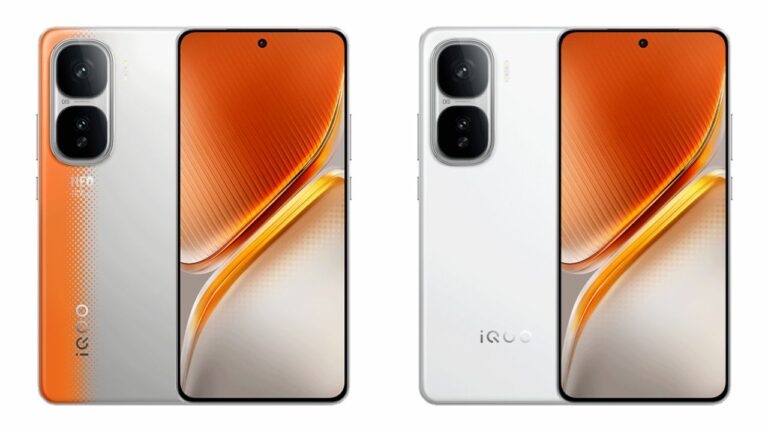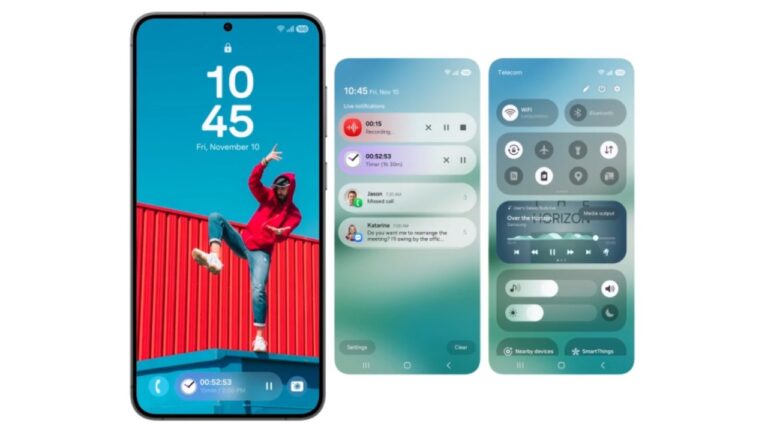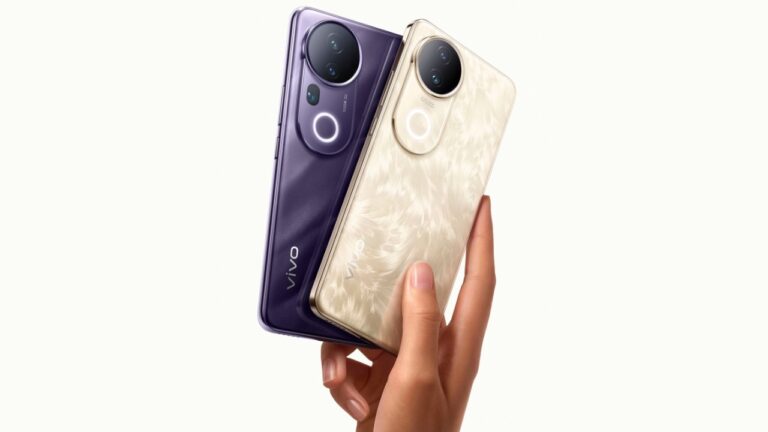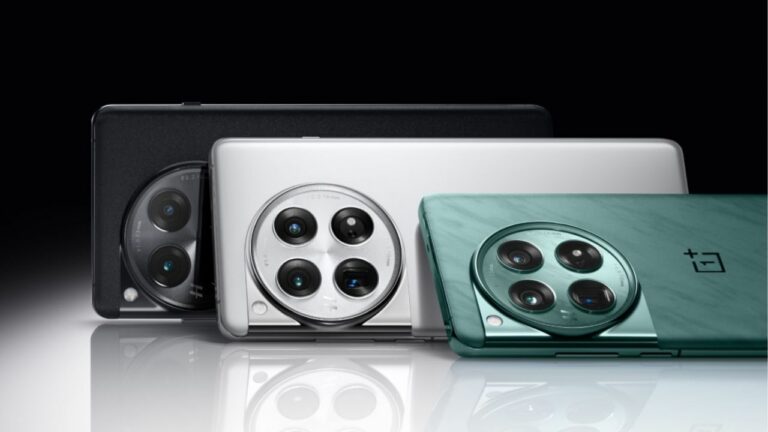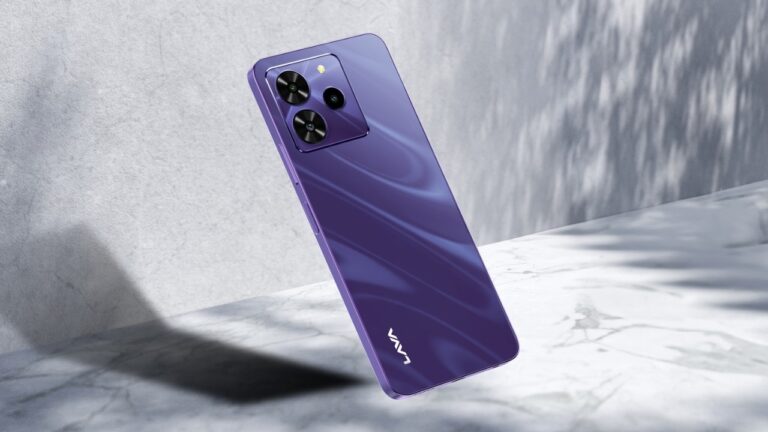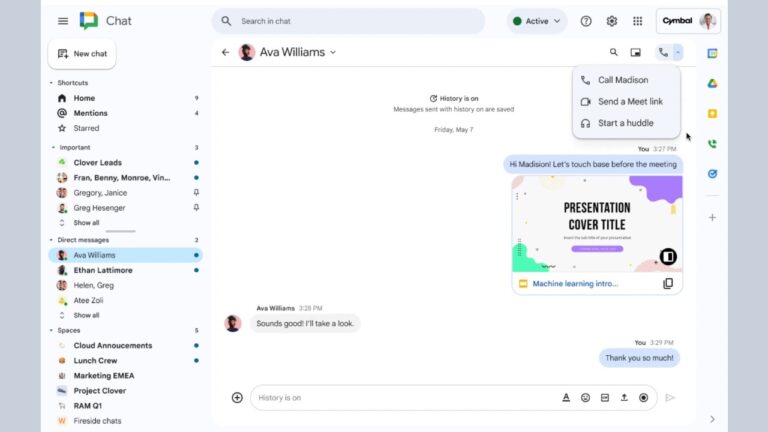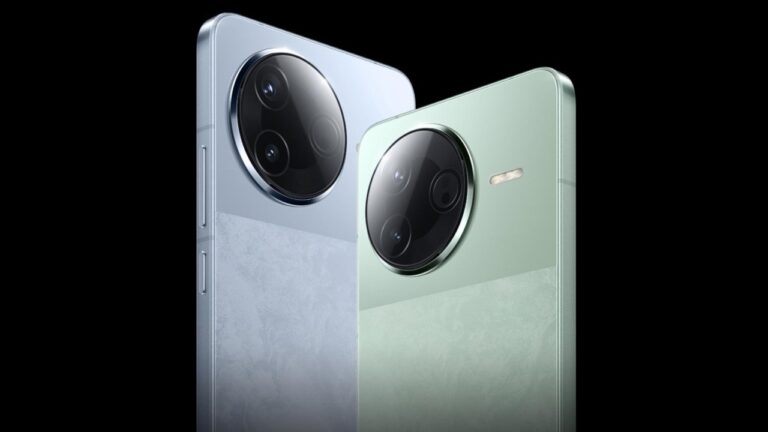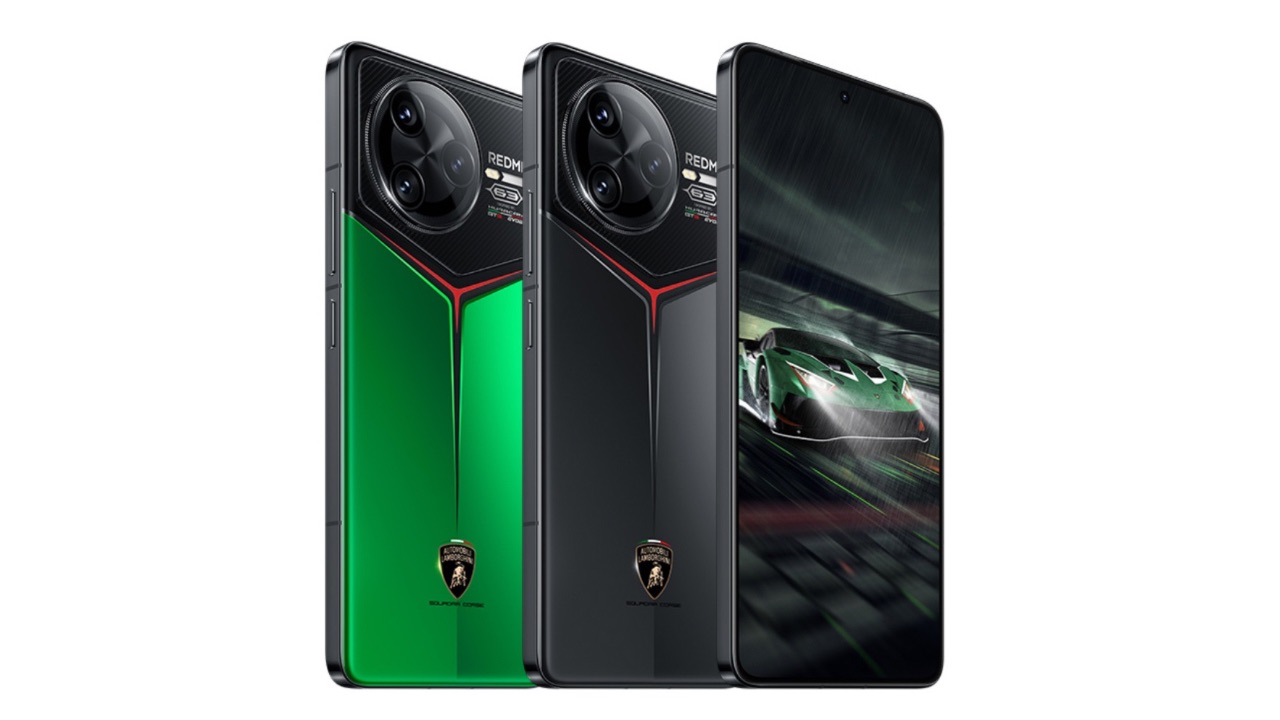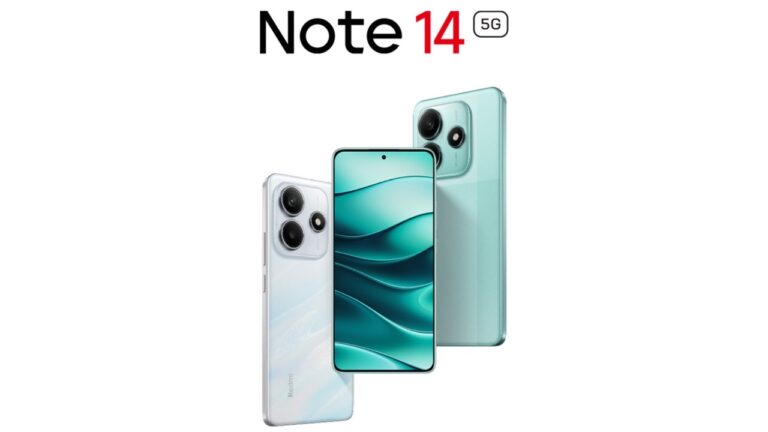iQOO Neo 10R India launch has now been tipped by a tipster, which comes shortly after iQOO debuted the Neo 10 series in India. The leak also contains the variants in which the Neo 10R could be made available. Here are all the details you’d want to know about the new launch from iQOO.
iQOO Neo 10R India Launch Details
As per Abhishek Yadav on X, iQOO Neo 10R is launching soon in India. While an exact date remains unconfirmed, it is expected to debut next year. The device will be available in three variants, as per the tipster, including the 8GB + 128GB model, 8GB + 256GB model, and the 12GB + 256GB trim. The tipster did not share any other details.
It is possible that iQOO could rebrand one of the recently launched Neo 10 series phones from China and introduce it as Neo 10R in India. Last year, the iQOO Neo 9 from China debuted as iQOO Neo 9 Pro in India.
The iQOO Neo 10 Pro sports a 6.78-inch LTPO AMOLED Display with a 1.5K (1260 x 2800 pixels) resolution, HDR10 support, 2160Hz PWM dimming and up to 1800 nits peak brightness, 4500 nits small screen brightness, 453 ppi, and up to a 144Hz refresh rate. It is powered by the MediaTek Dimensity 9400 SoC paired with LPDDR5x RAM and UFS 4.1 storage.
Read More: iQOO 13 India Price Tipped: Should You Wait for it Over Realme GT 7 Pro?
For optics, the iQOO handset packs a dual rear camera setup including a 50MP main IMX921 camera with 1/ 1.49″ VCS bionic, f/1.88 aperture, OIS, LED flash, paired with a 50MP ultra-wide-angle Samsung JN1 camera with f/2.0 aperture. For selfies and
video calls, the handset features a 16-megapixel f/2.45 camera on the front.
The smartphone is backed by a 6100mAh battery with 120W Fast charging support. Further, it will boot Android 15-based Origin OS 5. For connectivity, you will get dual-SIM 5G, Wi-Fi 7, Bluetooth 5.4, GPS, NFC, and a USB-C port for charging the handset. It will also have an under-display ultrasonic 3D fingerprint sensor, X-Axis linear vibration motor, and stereo speakers.


